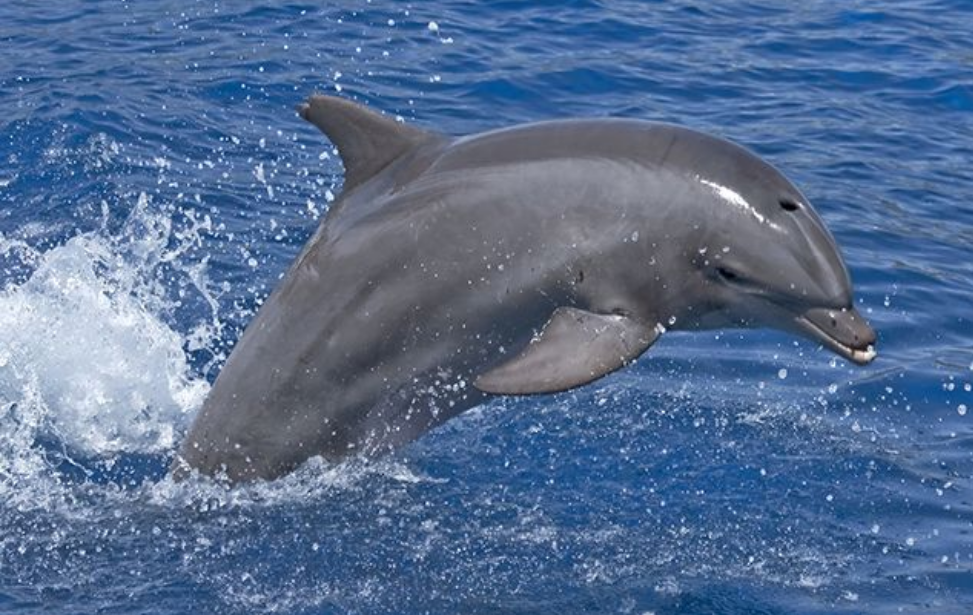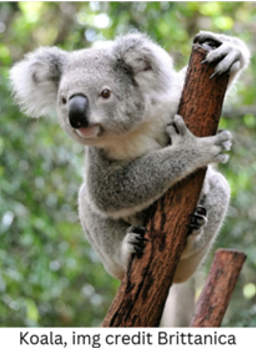The Bottlenose Dolphin
- Tess Barnes
- Mar 8, 2022
- 2 min read
Updated: Mar 10, 2022

Bottlenose dolphins are thought to be one of the smartest animals on Earth. Their scientific name is Tursiops trancatus, and they belong to the Mammal family. They live in big groups called pods. Their carnivorous diet is based on fish, squid, and shrimp. To hunt, the pod surrounds their prey to trap them, and some of the dolphins wait outside the circle to catch the escaping fish as a snack.
Their size varies from 10 to 14 feet and weighs over 1,100 pounds. Bottlenose dolphins can be found in the Pacific, Atlantic, and Indian ocean, mostly in the warmer water. They can live both in the shallow and deep regions depending on the preferences of the pod. Their life expectancy in the wild is 45 to 50 years. Bottlenose dolphins are commonly known for their sharp hearing senses. While humans can only hear frequencies from 20 to 20,000 Hertz, Bottlenose dolphins can hear frequencies from 75 Hertz to more than 150,000 Hertz. Scientists believe that the sound travels through the dolphin’s lower jaw into its inner ear, to send the signal to the brain. Bottlenose dolphins use ultrasound and body language to communicate with each other - be it snapping their jaws, slapping their fins in the surface of the water, blowing bubbles, butting heads, and even leaping as high as 20 feet in the air. Bottlenose dolphins send ultrasound waves and use their echoes or reflected waves to identify their distance, shape, size, location, and speed objects they cannot see. This is called echolocation.
When dolphins are born, they develop a unique whistling sound which is used for identification. These whistling sounds play the same role as human names. Bottlenose dolphins are very playful and friendly towards humans, and they enjoy swimming through self-made bubble rings, surfing waves, and wakes of boats. They can swim up to 22 miles per hour. Overall, Bottlenose dolphins are one of the earth’s most incredible animals, however, these dolphins have recently been facing many risks including being trapped with garbage which is left on the beach.
- Tess Barnes, Amanda Woods Serra Yalgin






תגובות